We've found 130 matches for your search. Order by
Results
-
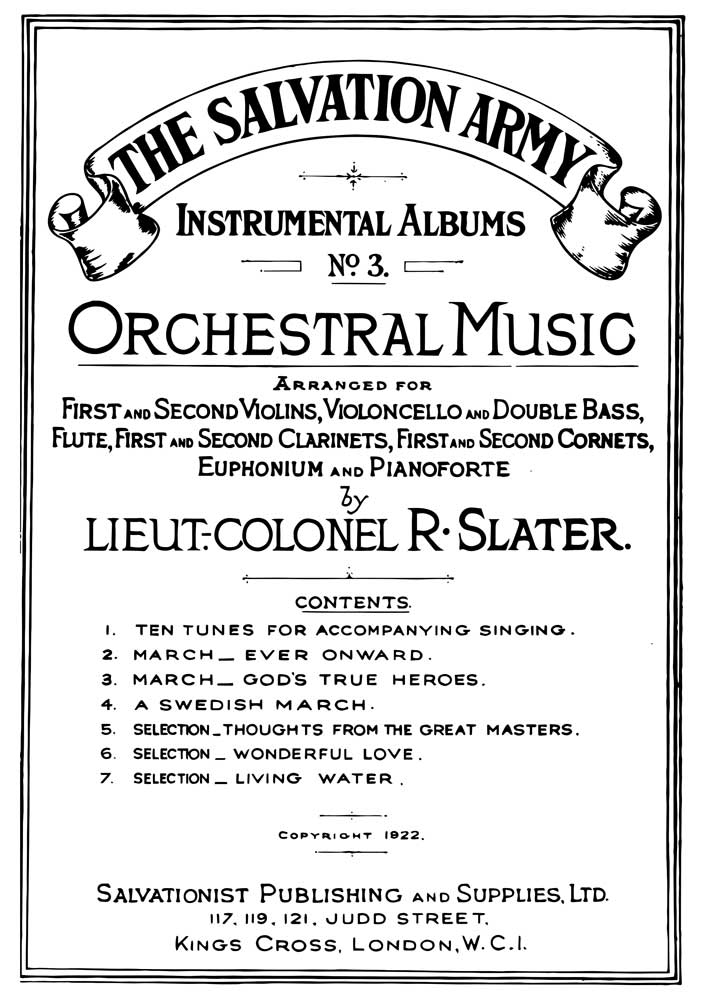 £14.95
£14.95Instrumental Album No.3 - Orchestral Music
Includes: Ten tunes for accompanying singing; March - Ever Onward; March - God's true heroes; A Swedish March; Selection - Thoughts from the great masters; Selection - Wonderful Love; Selection - Living waterInstrumentation: 1st & 2nd Violins, Cello & Double Bass, Flute, 1st & 2nd Clarinets, 1st & 2nd Cornets, Euphonium & Piano
Estimated dispatch 7-14 working days
-
 £24.95
£24.95Slavonic Dance No. 3 Op.46 (Brass Band - Score and Parts)
Estimated dispatch 7-14 working days
-
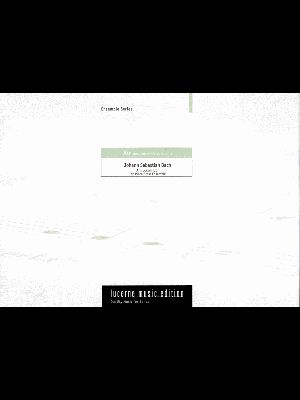 £24.50
£24.50Air from Suite No 3, BWV 1068
Estimated dispatch 7-14 working days
-
 £7.95
£7.95Air from Suite No 3, BWV 1068 (Score Only)
Estimated dispatch 7-14 working days
-
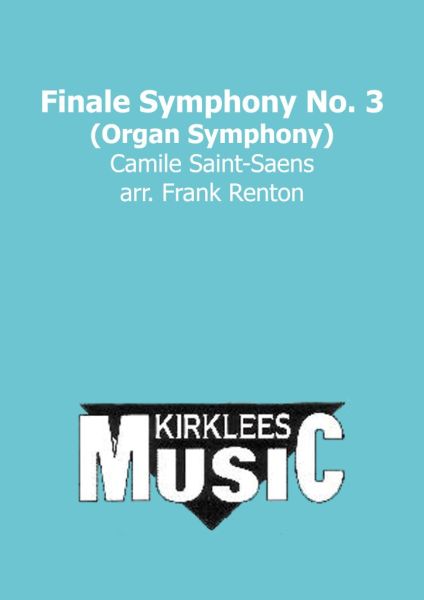 £32.50
£32.50Finale Symphony No.3 (Organ Symphony)
Estimated dispatch 7-14 working days
-
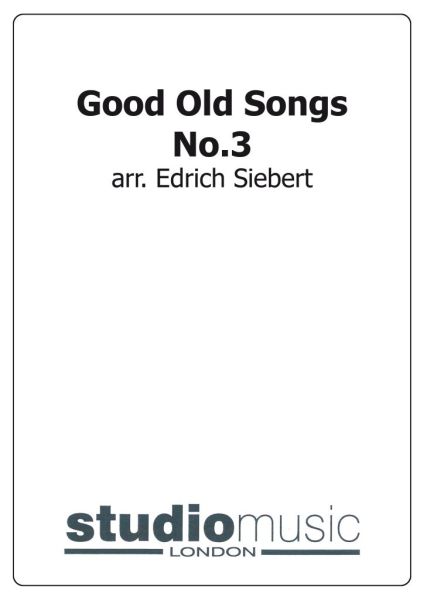 £39.95
£39.95Good Old Songs No.3
Includes: At Trinity Church I Met My Doom; Daisy Bell; Little Dolly Day-Dream; After the Ball; I Do Like To Be Beside the Seaside.
Estimated dispatch 7-14 working days
-
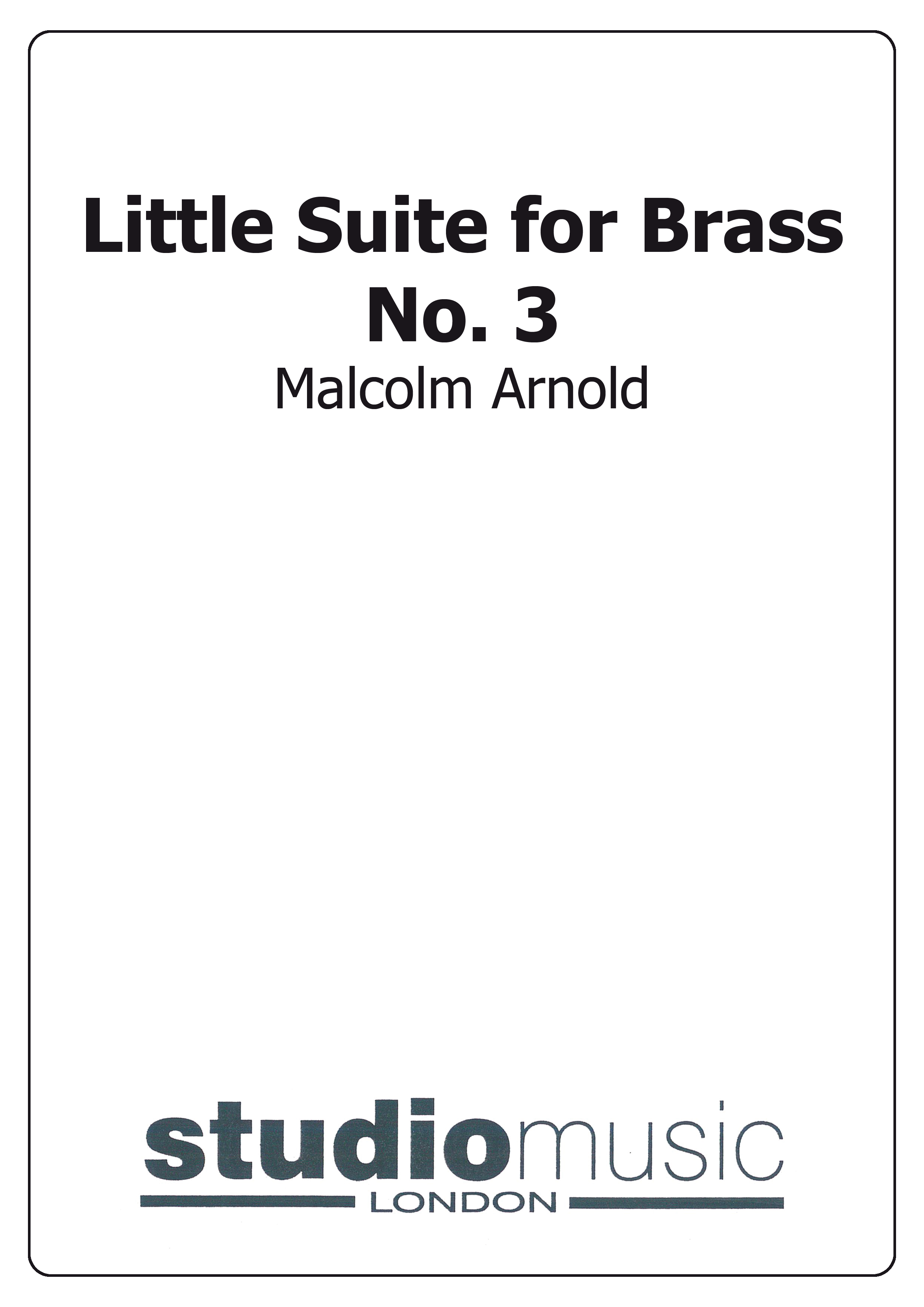 £69.95
£69.95Little Suite for Brass No.3 (Score and Parts)
Estimated dispatch 7-14 working days
-
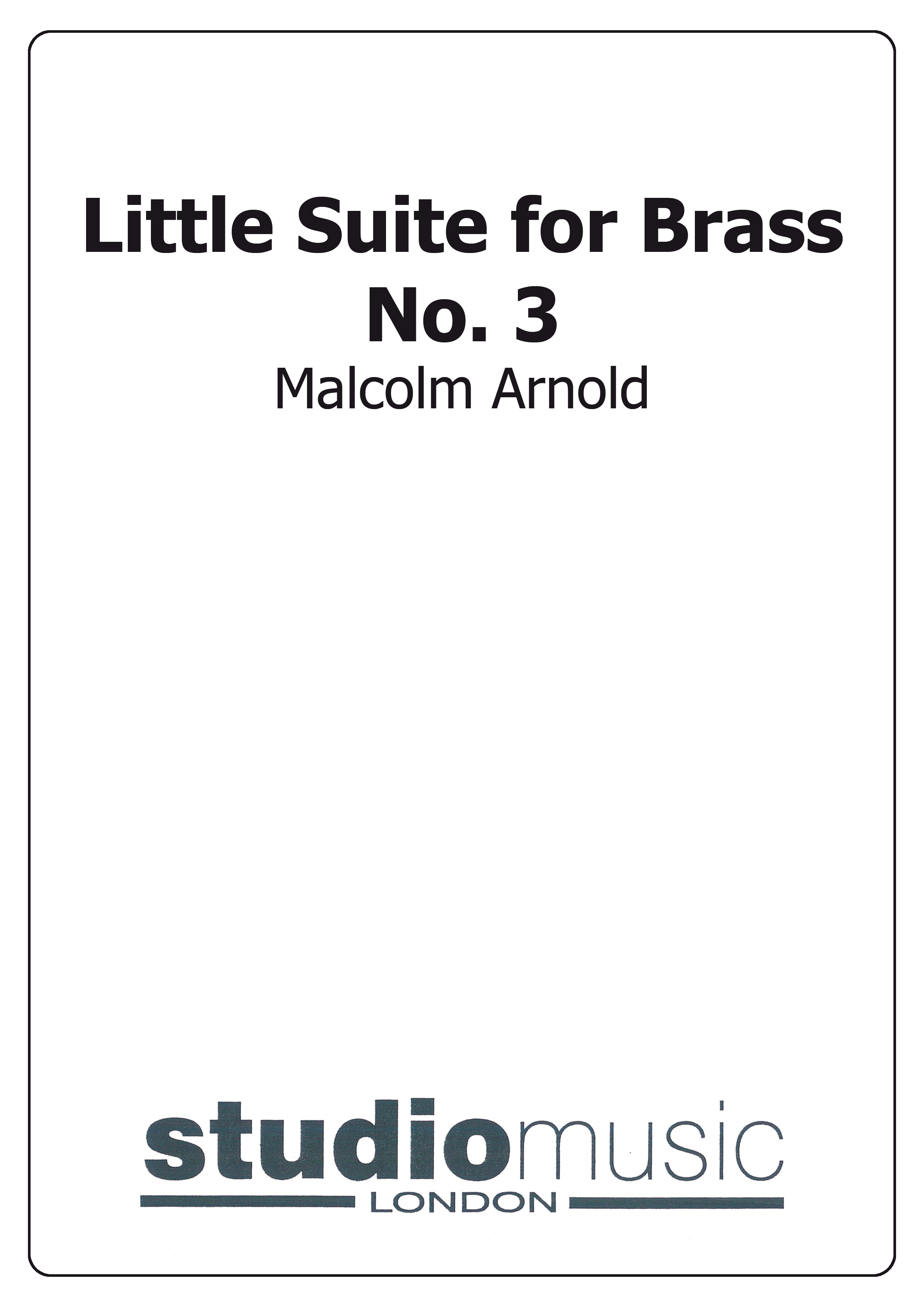 £32.95
£32.95Little Suite for Brass No.3 (Score Only)
Estimated dispatch 7-14 working days
-
£25.00
-
£36.00
